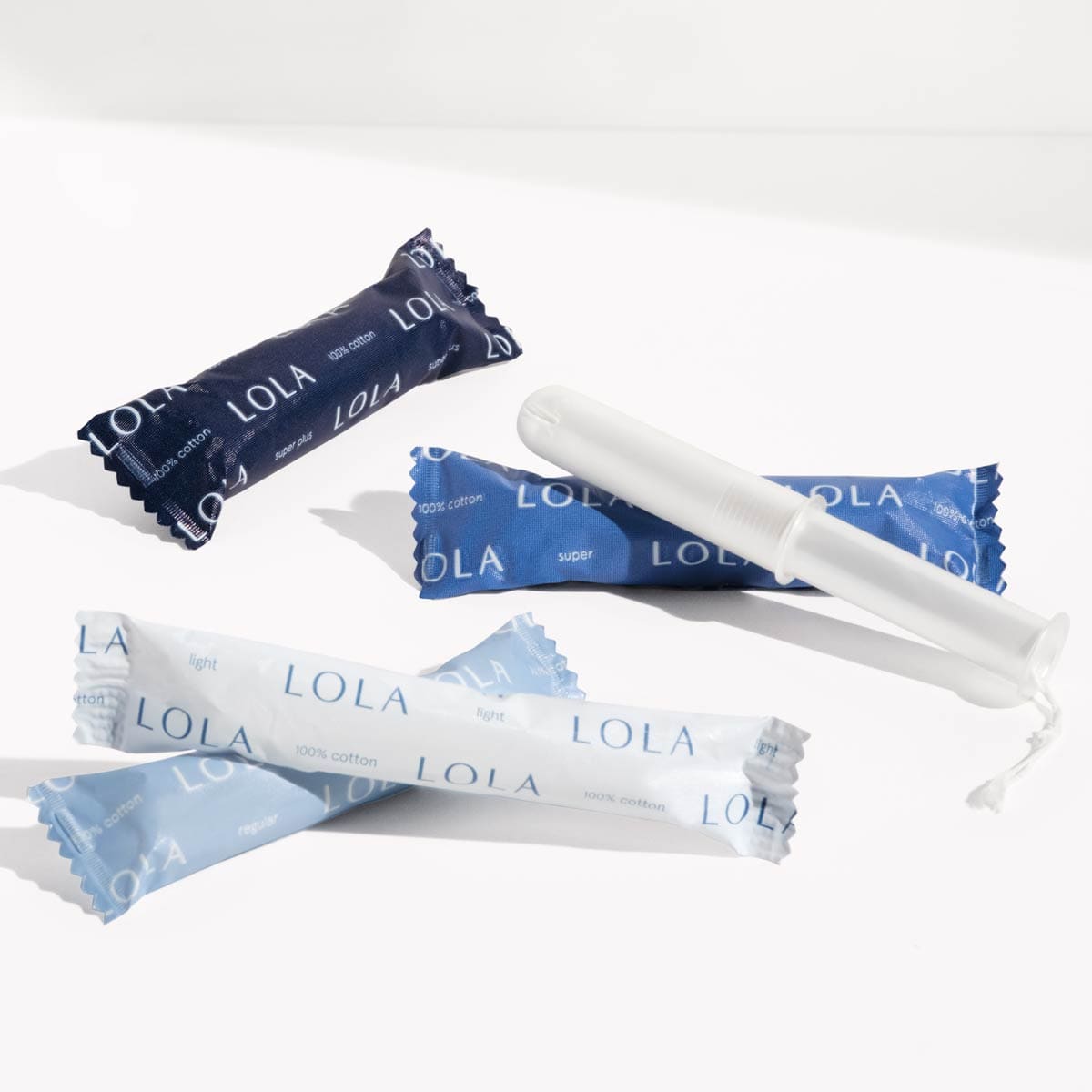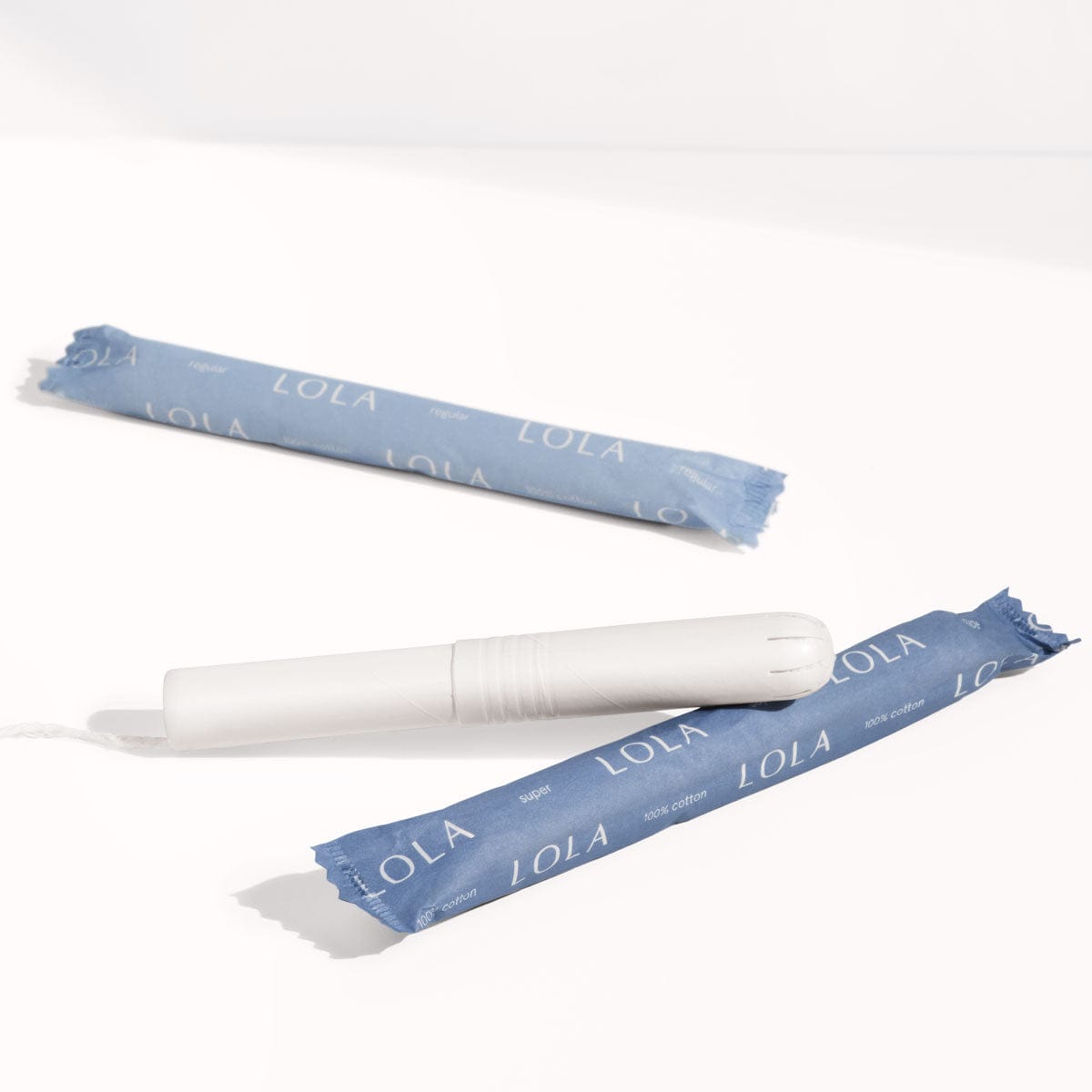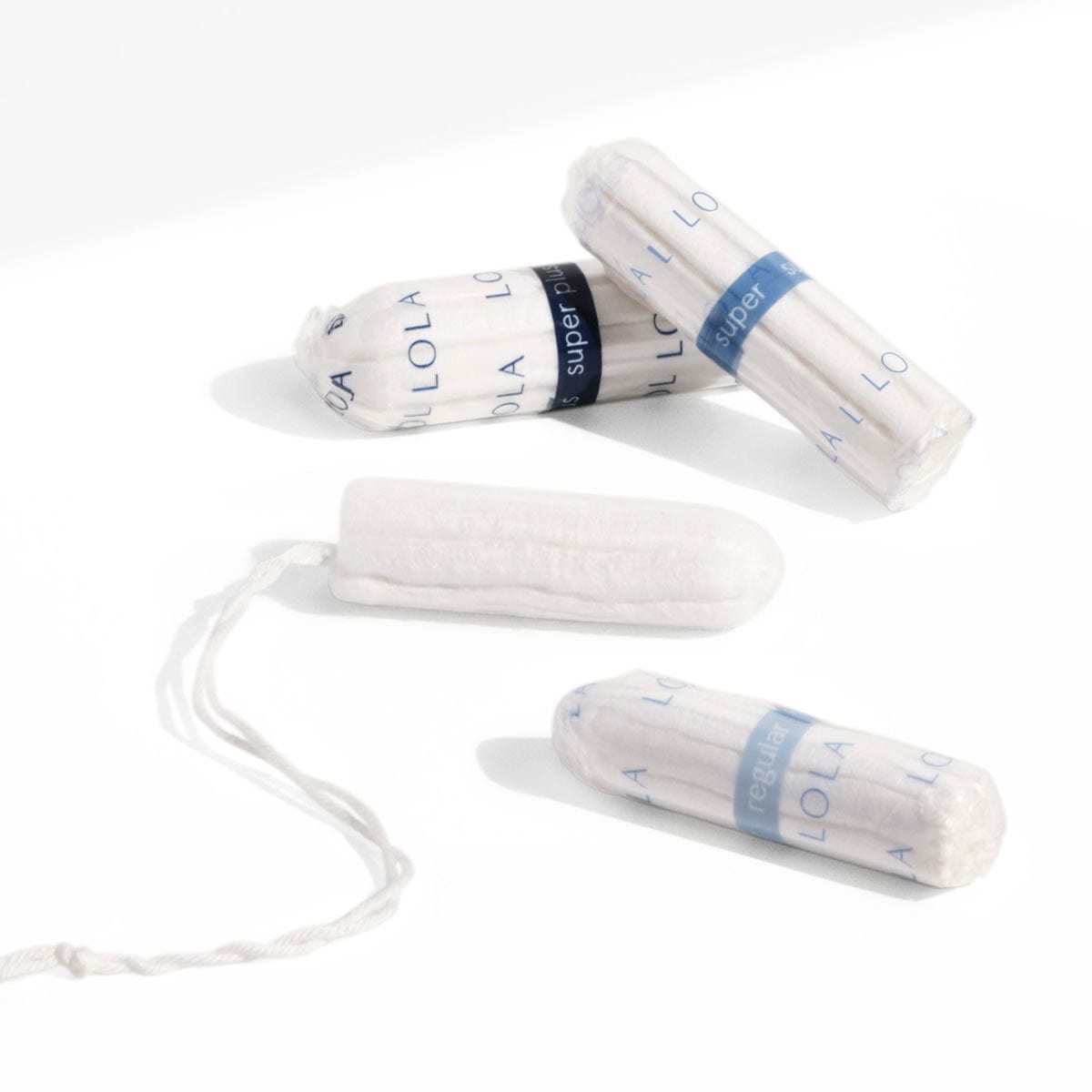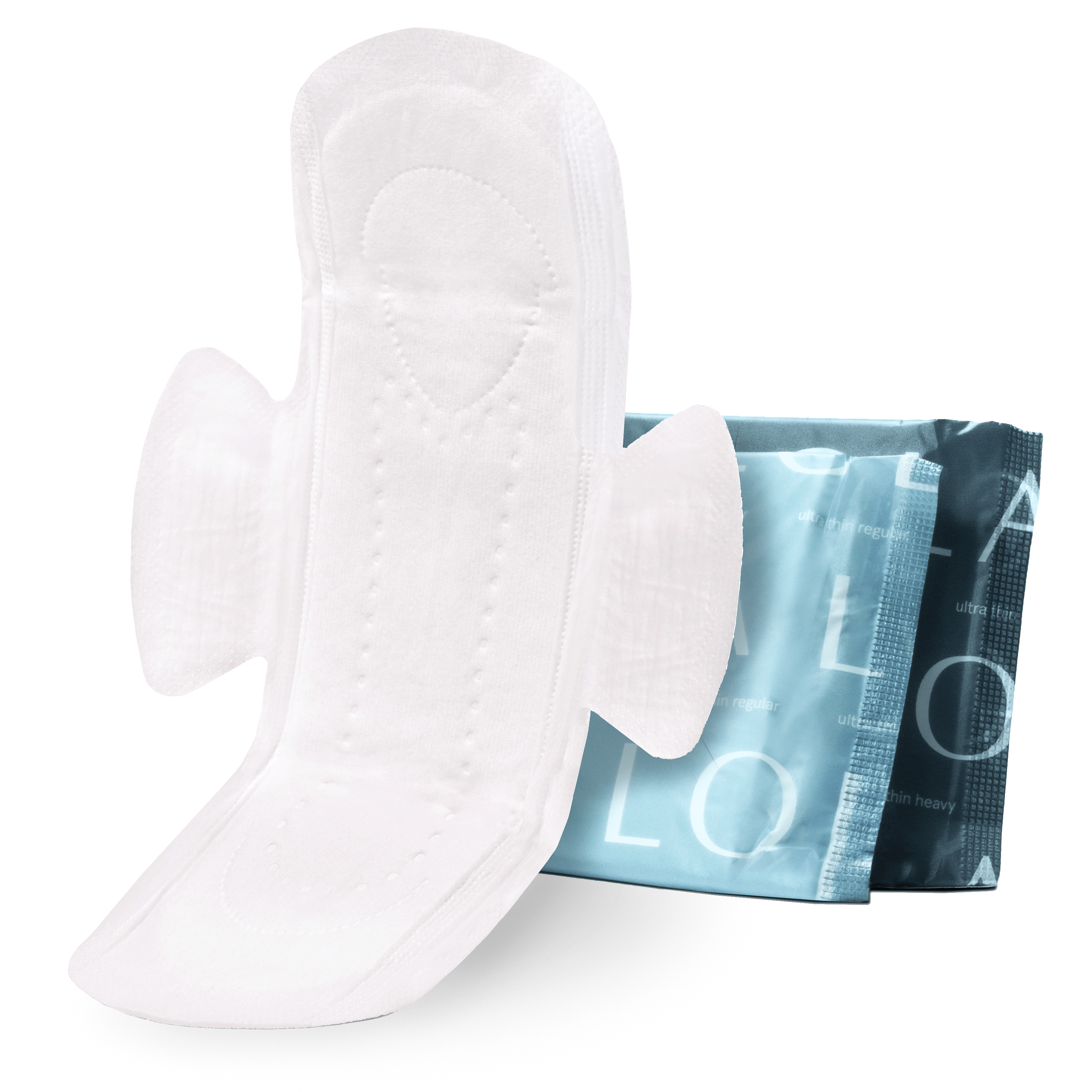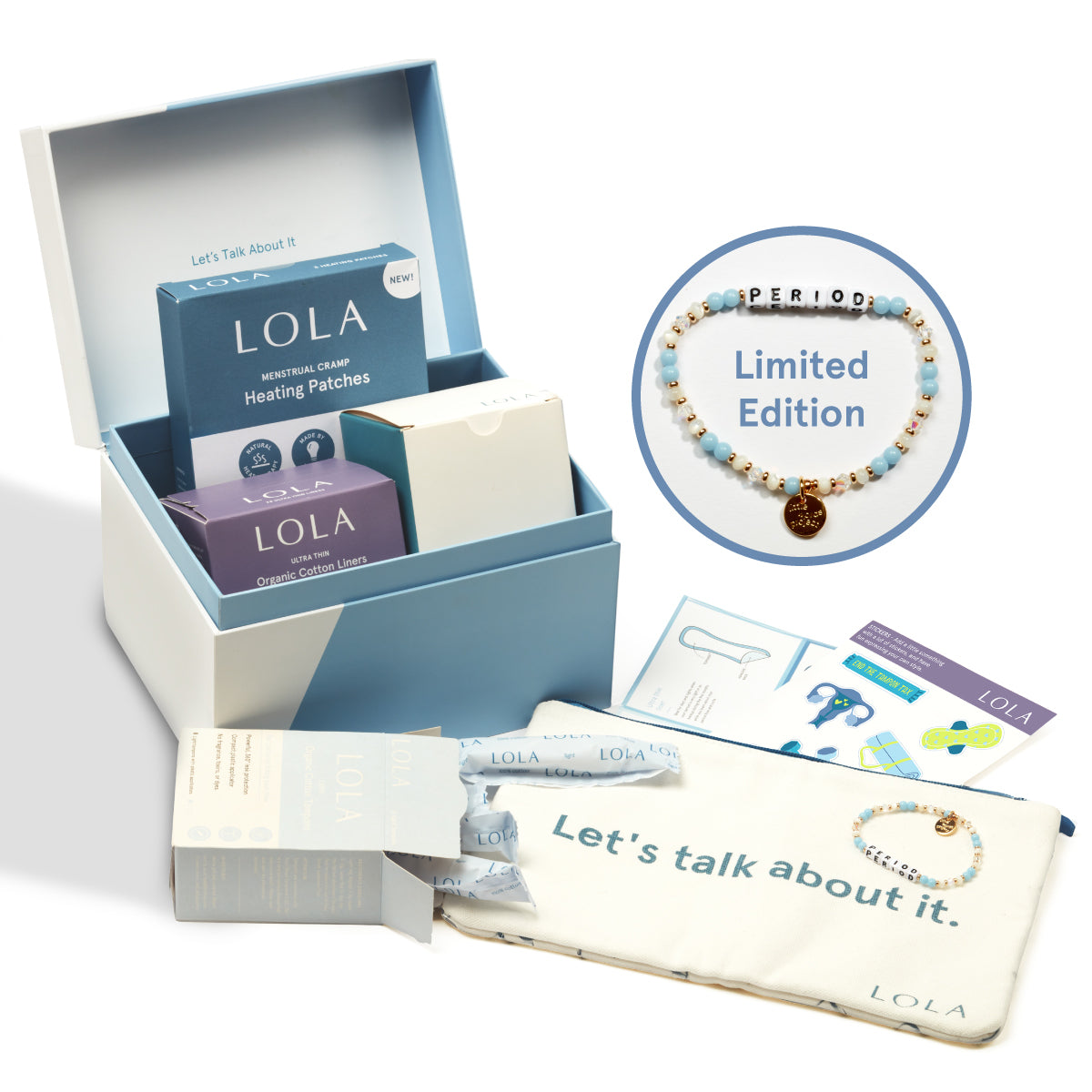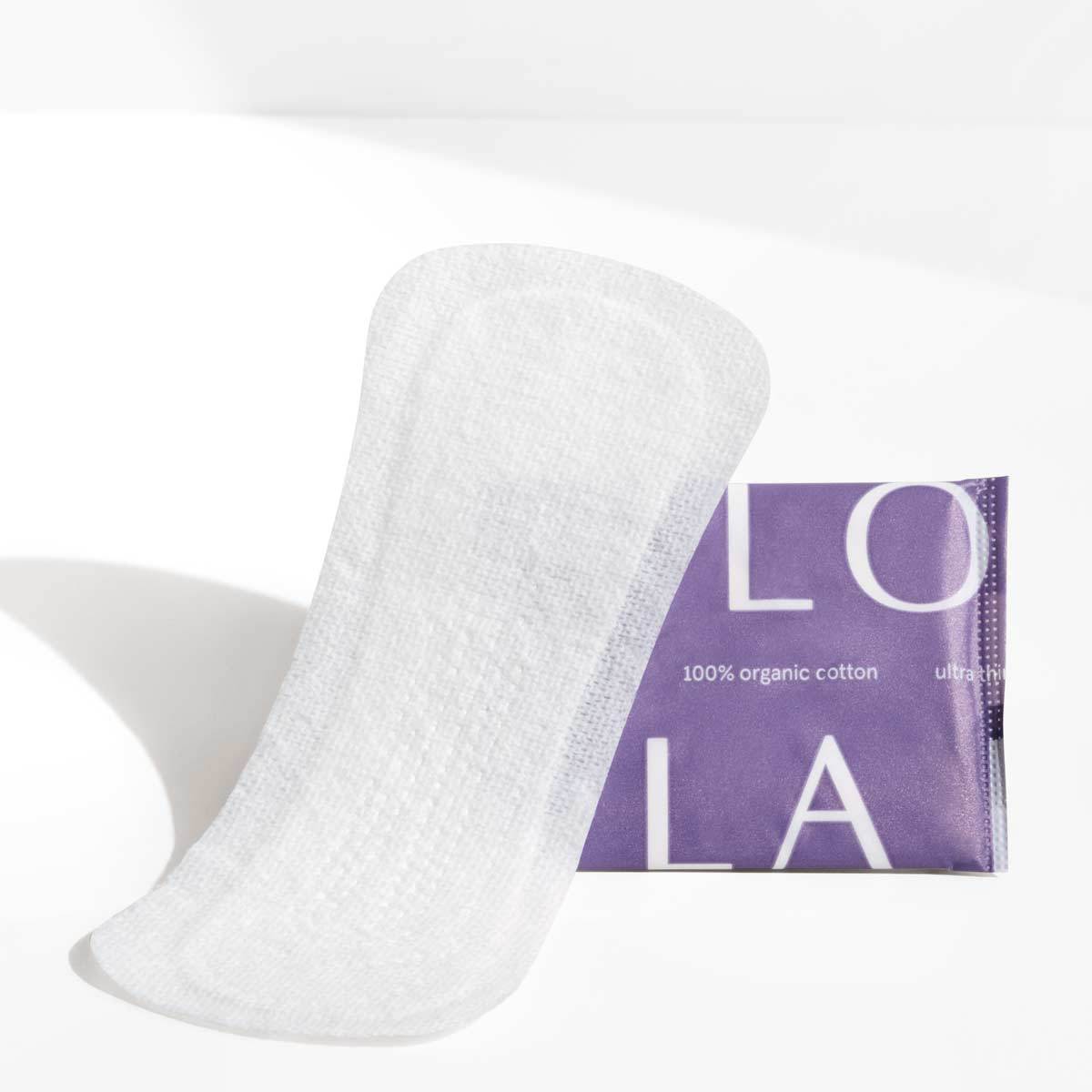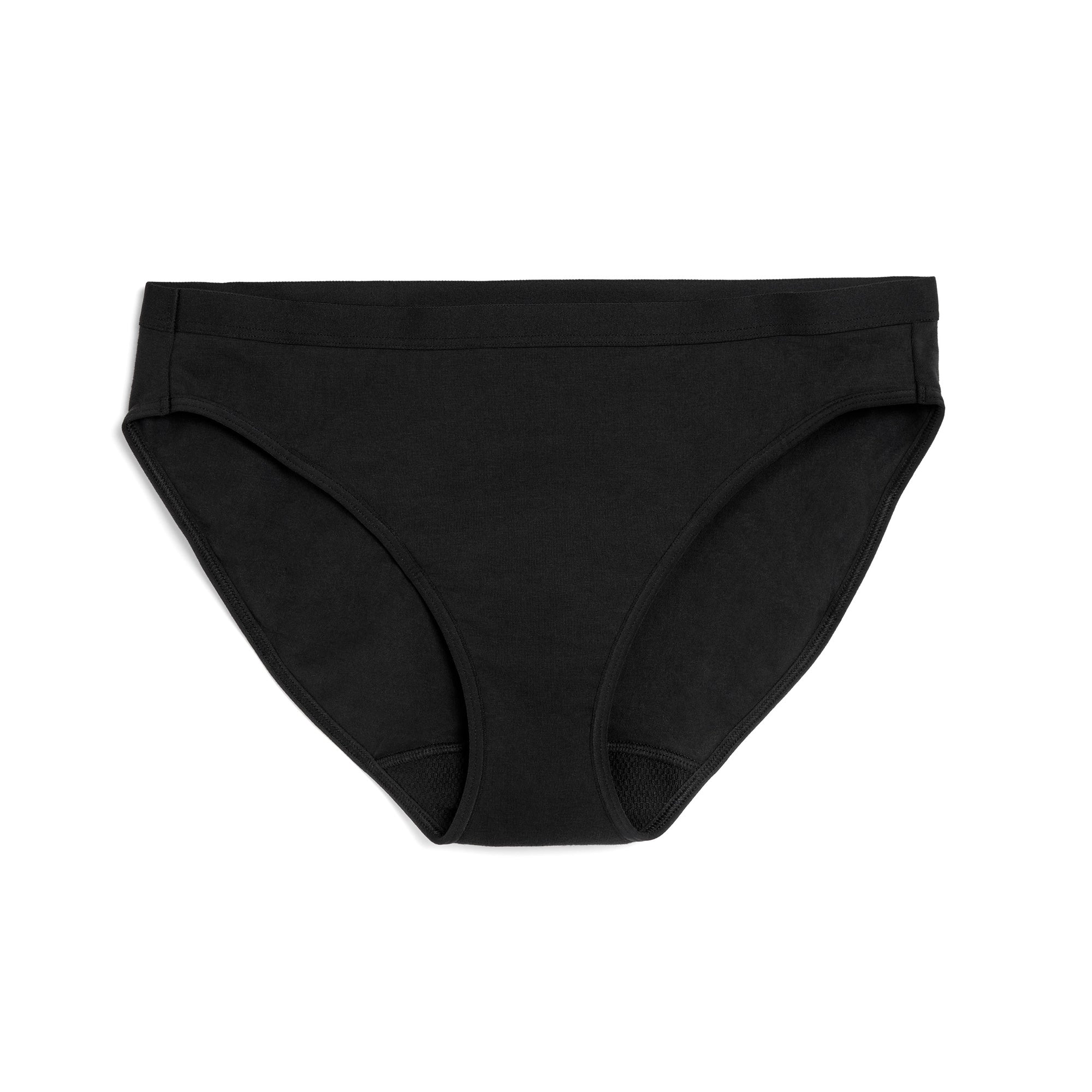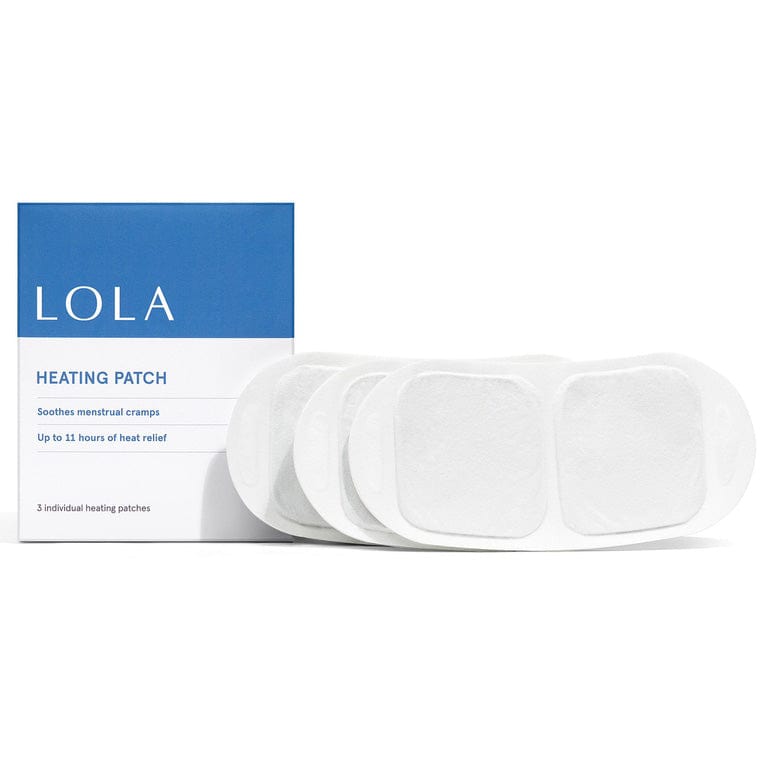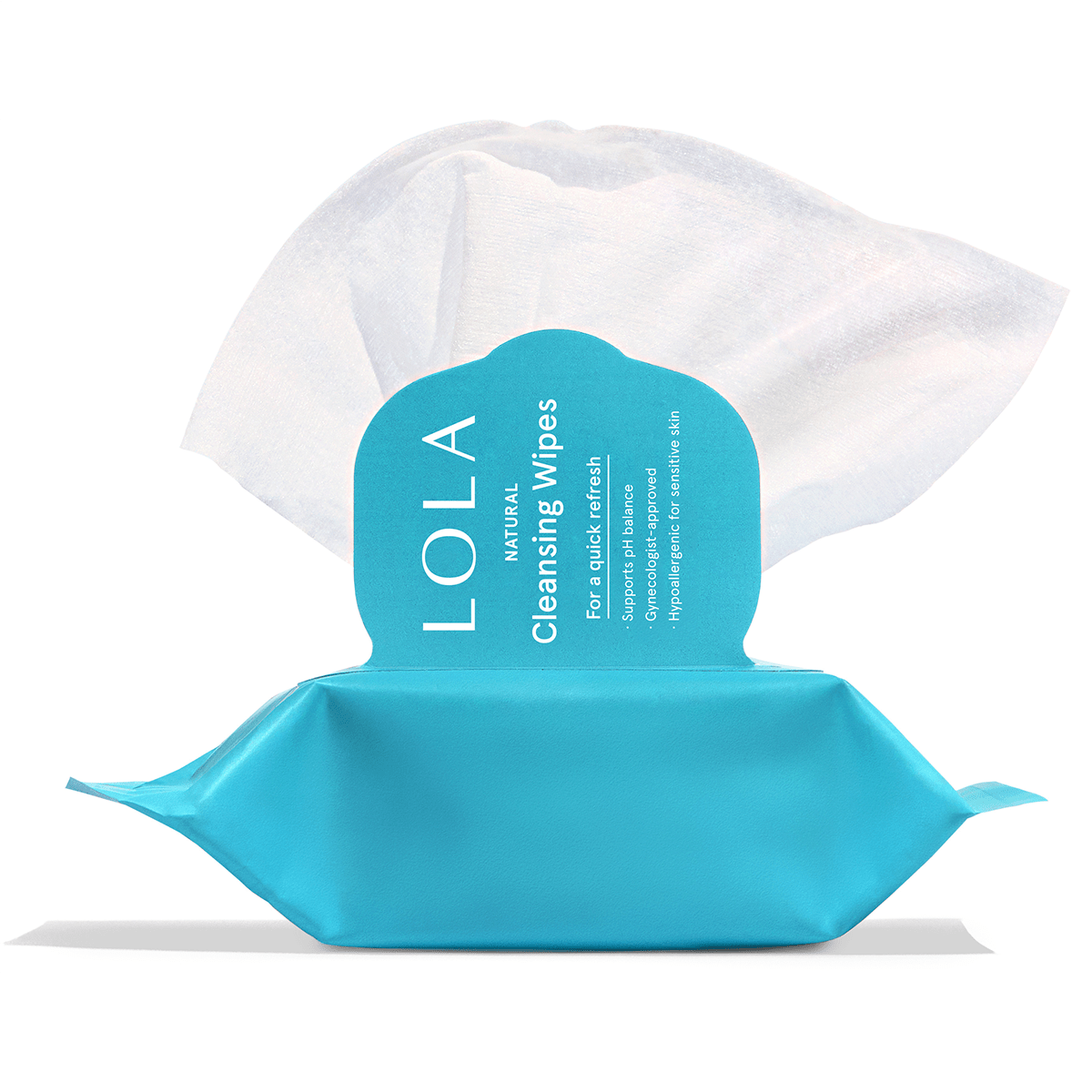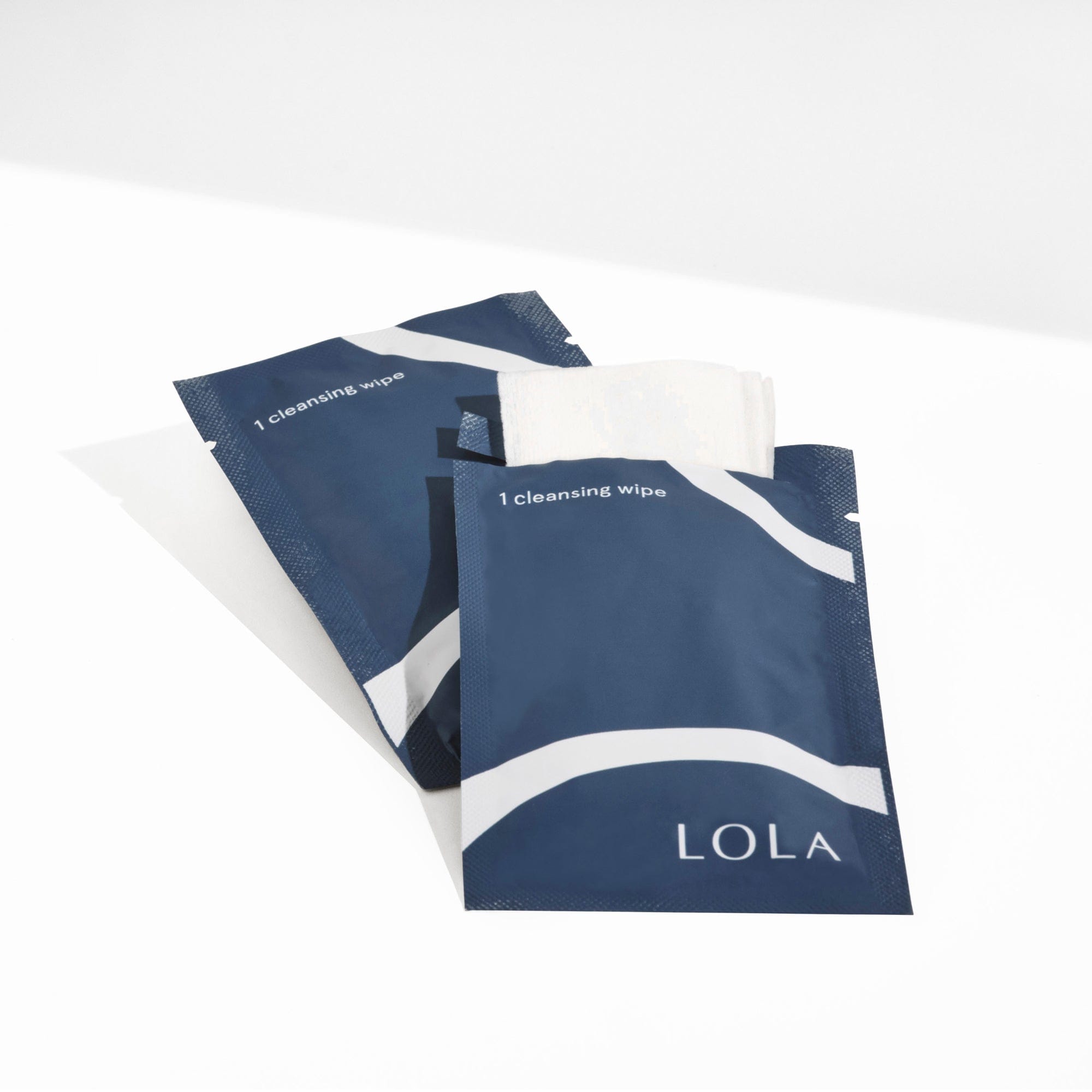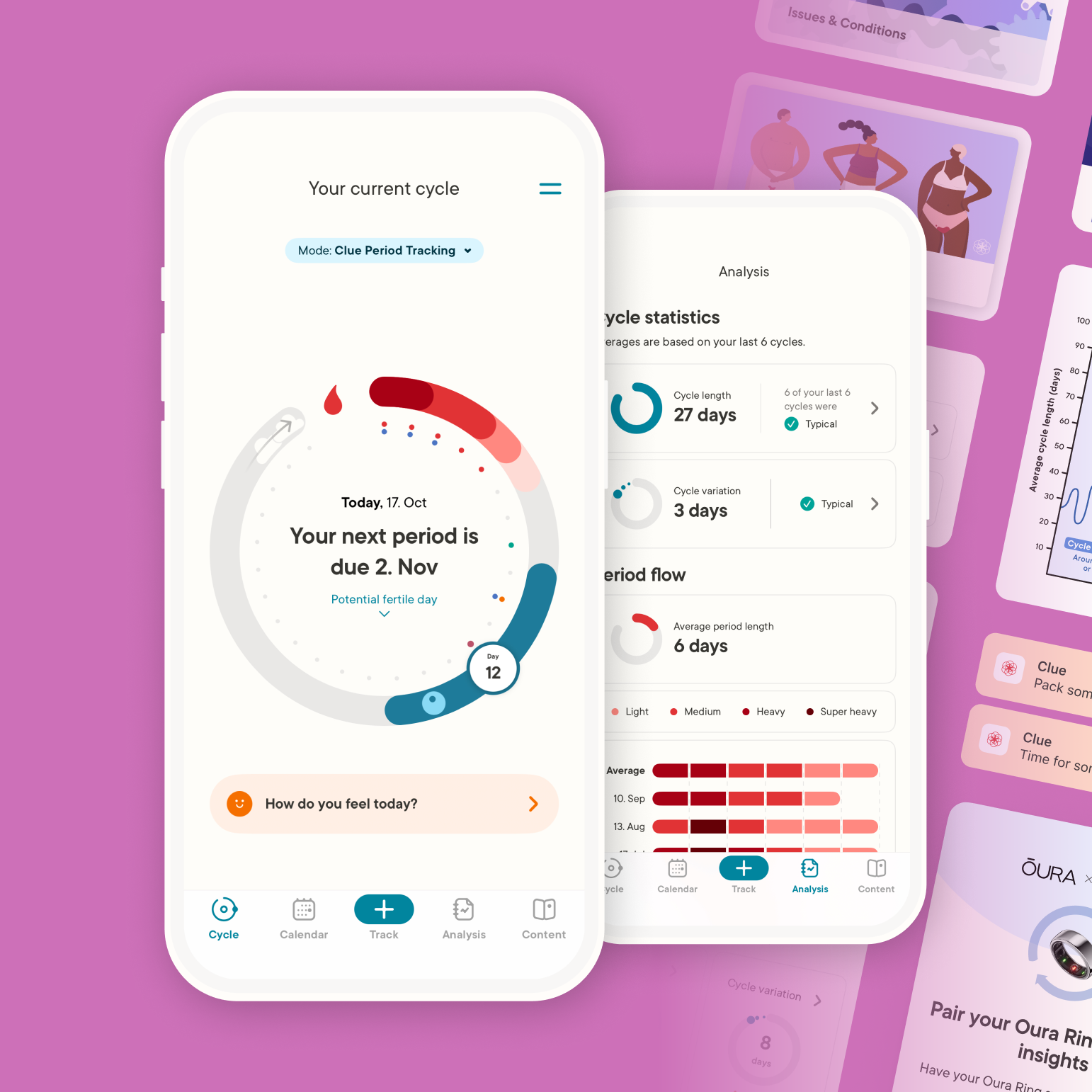Giving birth is a transformative experience, mentally, spiritually, emotionally–and physically, to say the least. The postpartum period, which lasts six to eight weeks after childbirth, requires plenty of time for rest and recovery. It’s common to experience symptoms like fatigue, depression, soreness, and pain as your hormones readjust and you heal from a life-altering (and literally life-creating) procedure.
One of the most common symptoms new moms experience, which is caused primarily by postpartum hormonal changes and often exacerbated by breastfeeding, is vaginal dryness. Vaginal dryness can lead to itchiness and discomfort, inflammation, and pain during intercourse. But luckily there are plenty of effective, at-home treatments to improve dryness, like organic vaginal moisturizers, hormone-safe lubricants, postpartum self-care products, plus dietary and lifestyle changes. We’ll discuss causes, remedies, and expert-backed tips for treating vaginal dryness to support your recovery and get you back to feeling like yourself.
What Causes Vaginal Dryness Postpartum?
The main culprit? Hormones. During pregnancy, estrogen and progesterone levels increase to support fetal development, peaking in the third trimester. But immediately after giving birth, those hormones drop dramatically, explains Dr. Navya Mysore, women’s health expert and primary care physician. Vaginal or perineal tears that occurred during delivery can also take a few weeks to heal, and can cause soreness and itchiness. Vaginal discharge and some light bleeding, known as lochia, are common in the weeks after giving birth, and might add to the discomfort down there. Unfortunately, breastfeeding and vaginal dryness go hand in hand: Once you start breastfeeding, estrogen levels stay low to avoid interacting with prolactin, the hormone responsible for milk production. Add stress and sleep deprivation to the mix, and you’ll need to allow ample time for vaginal health recovery after childbirth.
-
Estrogen and progesterone levels drop immediately after giving birth, causing vaginal dryness
-
Estrogen levels stay low during breastfeeding to avoid interacting with prolactin, the milk-producing hormone
-
Vaginal or perineal tears during childbirth can be sore, tender, and itchy, take a few weeks to heal
-
Postpartum discharge and light bleeding, known as lochia, may add to general vaginal discomfort
-
Giving birth can alter your vaginal pH, making you susceptible to UTIs, bacterial vaginosis (BV), or yeast infections, which require antibiotics
-
Stress and sleep deprivation can exacerbate symptoms and elongate the overall recovery period
How Long Does Postpartum Vaginal Dryness Last?
Every woman’s postpartum recovery is different, and there’s no hard and fast timeline to apply across the board. To give you a rough idea, in a 2018 study of 832 postpartum women, 43 percent reported experiencing vaginal dryness six months after giving birth.
As mentioned, breastfeeding keeps estrogen levels low, and may extend the period of vaginal dryness for the duration. Breastfeeding is a highly personal decision, but if you are able to and choose to, The American Academy of Pediatrics and the World Health Organization suggest feeding your baby with only breast milk for six months.
Physical and Emotional Impacts of Vaginal Dryness
Beyond causing physical discomfort, itchiness, or pain, vaginal dryness can be frustrating and emotionally distressing. You want to feel like yourself again, but you can’t rush the postpartum recovery process. It’s important to listen to your body and allow yourself adequate rest and time to heal. That goes for the decision to have sex again postpartum, too.
In the weeks and even months postpartum, it’s very common to experience vaginal irritation or pain during intercourse, known as dyspareunia. "Many women discover a "knife-like" pain in their vagina the first time they have vaginal penetration after giving birth," said Debra Wickman, MD, an Arizona-based gynecologist. Most doctors recommend waiting around 4-6 weeks, but it’s totally okay to need more time: a study published in the journal Obstetrics & Gynecology found that around 31% of moms experienced dyspareunia up to 3 months post-birth.
Plus, you might not be in the mood mentally, either. Up to 75% of women experience “baby blues” in the week after delivery; and around 15% of women develop postpartum depression, a more serious mood disorder lasting up to a year after giving birth.
How to Relieve Vaginal Dryness Postpartum
If you’re dealing with vaginal dryness after giving birth, don’t despair. There are many natural remedies for dryness, lifestyle and dietary modifications, and vaginal care tips postpartum that can support your recovery.
Hydrating vaginal moisturizers
-
Postpartum hormonal changes and breastfeeding can lead to uncomfortable vaginal dryness
-
Organic, hormone-free vaginal moisturizers hydrate, help relieve itching, and are specifically formulated to be absorbed by delicate vaginal skin and tissues
-
Try natural oils such as coconut, almond, olive, calendula oil, Vitamin E and Bio-Oil, to soothe vulvar dryness and itchiness–for external use only
-
Avoid moisturizers, harsh soaps and detergents containing chemicals or fragrances to avoid irritation
Lubricants for sexual activity
-
Hormone-safe lubricants are crucial for postpartum intimate care
-
They can relieve painful postpartum intercourse caused by low estrogen levels, vaginal dryness, and childbirth recovery and complications
-
LOLA offers a personal lubricant that’s hypoallergenic, water-based, pH-balanced, and formulated with natural ingredients, and no irritating additives or fragrances
Staying hydrated and eating estrogen-supporting foods
-
Beyond postpartum self-care products, dietary and lifestyle modifications can help
-
Hydrate, hydrate, hydrate! Drinking around 8-10 glasses of water a day can help combat dryness throughout your body, and prevent dehydration from breastfeeding
-
Eat a diet rich in estrogen-supporting foods such as fruits like apples, berries, and grapes; veggies like kale, spinach, and broccoli; whole grains including barley, oats and wheat germ; healthy fats including nuts and seeds like almonds, flaxseeds and peanuts; and soy products like tofu, miso soup and miso paste
When to Seek Medical Advice
Vaginal dryness postpartum is very common, and typically manageable with at-home postpartum self-care products. But there are some warning signs that might warrant medical treatment.
According to Mysore, the aftermath of childbirth can shift your vaginal pH, making you susceptible to infections like UTIs, bacterial vaginosis (BV), or a yeast infection, all of which require antibiotics to clear. In general, if your vaginal dryness isn’t responding well to natural remedies like sitz baths and organic vaginal moisturizers, or is worsening in the form of rashes, bumps, welts, or swelling, you might need a prescription treatment.
Another thing to look out for is itchiness and dryness that occurs beyond the vagina. Pregnancy can cause the liver to slow down, leading to a buildup of bile in the gallbladder that may result in itchy skin, gallbladder stones, and even hives after birth. Mysore advises that if you feel itchy all over your body, including hands and feet, you should get your liver checked out by a doctor.
If your vaginal dryness is accompanied by symptoms like shakiness, palpitations, and cold sensitivity, it could be a condition called postpartum thyroiditis, which is an inflammation of the thyroid gland. Let your doctor know; they might prescribe thyroid hormone therapy or beta blockers.
How LOLA Products Support Postpartum Care
At LOLA, we believe in supporting women through every reproductive phase, from your first period to childbirth, menopause, and beyond. Our postpartum collection includes organic and hormone-friendly products to ease your transition to a new life post-childbirth.
Our Organic Postpartum Pads keep you covered in the case or postpartum leaks or spotting from lochia. They’re also designed extra-long to provide coverage for leaks from C-sections. Made with ultra-soft 100% organic cotton, they won’t irritate your skin or cause discomfort. They of course can also be used for your postpartum period.
To get relief from pain, swelling, tenderness, and soreness anywhere you need it, try our Hot & Cold Perineal Gel Pads. They can be placed in your underwear to support recovery of perineal or vaginal tears, or on your abdomen to relieve cramping or support C-section healing.
Our Stretch Mark Prevention Cream formulated with apricot oil, shea butter, and vitamin E, repairs and soothes stretched out and dry skin, for use on your bust, belly, or hips.
For postpartum intimate care, our hypoallergenic Personal Lubricant can help sex after giving birth feel more like the way you remember. It’s water-based, pH-balanced, and formulated with natural ingredients, so you won’t deal with any irritating additives or fragrances.
Final Tips for Postpartum Recovery and Care
The bottom line: you can’t rush postpartum recovery. It’s essential to rest and prioritize your comfort and well-being after the Herculean feat of giving birth. As your postpartum hormonal levels take time to adjust, and you heal from vaginal or C-section birth (and any tears, soreness, or complications that may come with that), postpartum self-care products can help aid your recovery.
Organic vaginal moisturizers can ease vaginal dryness and irritation, and Hot & Cold Perineal Gel Pads can relieve inflammation and soreness. Aloe vera gel, as well as natural oils such as coconut, almond, olive, calendula oil, Vitamin E and Bio-Oil, can help treat vulvar dryness, but be sure to only use them externally. Sitz baths, which are shallow lukewarm baths typically taken for 10-20 minutes at a time, can soothe your perineal or vaginal area. If you’re ready to try vaginal intercourse again, hormone-safe lubricants like our Personal Lubricant can help make sex comfortable, easy, and pleasurable.
It can be hard when you’re adjusting to caring for a newborn, but getting adequate rest and drinking enough water is crucial to your healing. And don’t forget that there are foods to naturally increase your estrogen levels, including fruits, veggies, whole grains, nuts and seeds, and soy products.
Don’t suffer from the baby blues alone. Up to 75% of new moms experience sadness and depression in the week after giving birth, and up to 15% develop postpartum depression, which can last up to a year after childbirth. Know that what you’re feeling is common, and make sure you have support systems in place before you give birth. Whether it’s a family member, loved one, close friend, or a therapist, someone you can lean on for emotional support. There are even help lines you can call or text, like the Postpartum Support International, and get the support you need as you navigate being a new mom.
